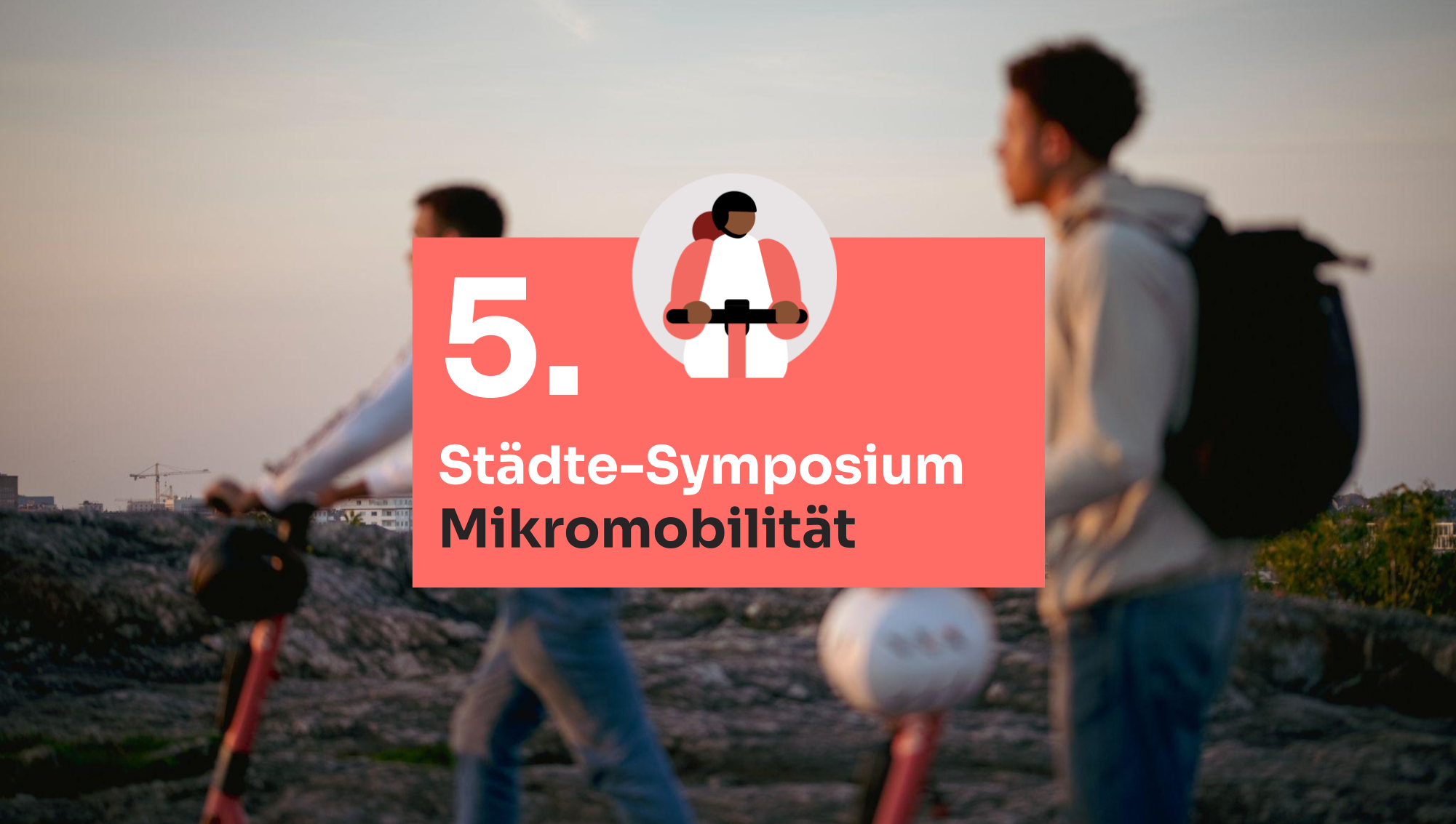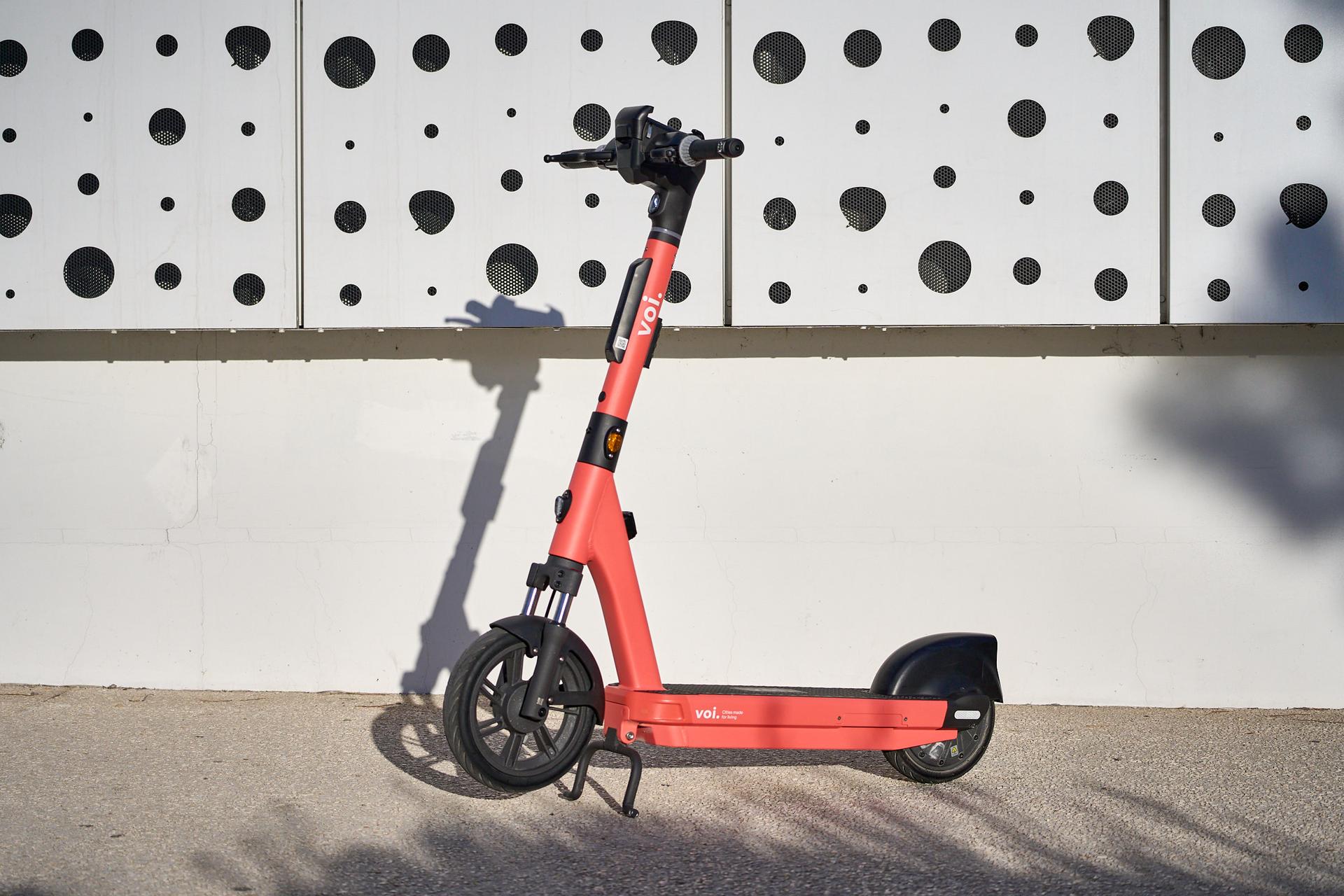Voi calls for safer streets: International Transport Forum concludes e-scooters are as safe as bikes
Feb 19, 2020

Tuesday 18 February, The International Transport Forum presented its latest report “Safe Micromobility”, in connection with the Global Ministerial Conference on Road Safety in Stockholm. Voi is proud to have contributed to the report, which offers ten recommendations for policymakers, city planners, operators and manufacturers – all to make our cities and streets safer for everyone.
Key outtakes from the ITF report:
E-scooter riders do not face significantly higher risk of road traffic death or injury than cyclists
Cars are still the main issue: Heavy motor vehicles at higher speed are involved in 80% of fatal crashes with e-scooters and bicycles
Micro-mobility can become safer over time: The risk of injury could be highest during a person’s first few e-scooter rides – experience affects behavior and risk. Overall, traffic will be safer if e-scooter and bicycle trips replace travel by car or motorcycle
A proactive approach to safety: The fast-paced evolution of micro-vehicles challenges governments to put in pace safety regulations that are future-proof
Until all vehicles are autonomous, there is always going to be a risk related to placing a vehicle in traffic. With that said, one accident it one too many. At Voi, we firmly believe in understanding these risks, in order to counter them. It’s about time that the right discussion happens in the right context and that we start focusing on what remains the real danger – cars.
Road safety needs to be underpinned by regulation, strengthened through infrastructure and supported by user education.
Road safety needs to be underpinned by regulation, strengthened through infrastructure and supported by user education. We believe that improving city infrastructure to better accommodate bikes, e-scooters and other light electric vehicles as well as decreasing the amount of cars and motorcycles in urban areas in European cities will dramatically improve safety for all road users. It’s all about making the streets safe.
Since our launch in August 2018, we have been working tirelessly across Europe with city authorities to make sure that e-scooters are used safely and considerately, providing a fun, safe and affordable way to travel in urban environments – particularly in big cities like Berlin and Stockholm with sizable scooter fleets in the thousands. When it comes to our responsibility as operators, Voi thinks about safety in three different ways: technology, education and operations.
Technology: Within 12 months of operations, we developed and implemented safety solutions through geofencing technology in the summer of 2019. This included slow zones in selected areas where our scooters automatically slow down to 6 km/h, as opposed to their normal speed of 20 km/h. The same technology is used for incentivized parking and no-parking zones – to prevent clutter or irresponsible parking that might otherwise pose a risk in traffic.
Education: In September 2019, we launched the world’s first online traffic school for e scooters together with the National Society for Road Safety in Sweden. RideLikeVoila.com is available with traffic rules from all our markets and certified by VIAS (Belgian Institute for Road Safety). To date, a quarter of a million users across Europe have completed the test. To put this into perspective – that’s more than the number of people who passed their theory driver’s license test in Sweden during the same period.
Operations: We will make sure we have the highest quality of e-scooters, that meet the highest safety requirements out there. We keep improving our vehicle design and develop safety features that go beyond standards, and make sure we provide the safest service out there. We maintain and repair our scooters to ensure they are always in the best shape and condition. If scooters are left in places where they shouldn’t be, they are moved quickly and efficiently.
Getting people out of cars is not done in-app alone, but through drastic infrastructural changes that make other options less attractive.
But we cannot do this alone. Getting people out of cars is not done in-app alone, but through drastic infrastructural changes that make other options less attractive. In the current urban landscape, where about 50% of city surfaces is dedicated to cars, it’s clear that micro-mobility needs further protection from heavy motor-vehicles in higher speed. Cities need to allocate more protected street space and add traffic calming measures such as speed limits where all vehicles must share the space. City planning must also serve the needs of those using micro-vehicles, whether e scooters, bikes or other future innovations. If we can work together to make it more safe, micro-mobility rhymes with the opportunity of truly shaping a sustainably urban mobility landscape. Of shaping cities made for living.


